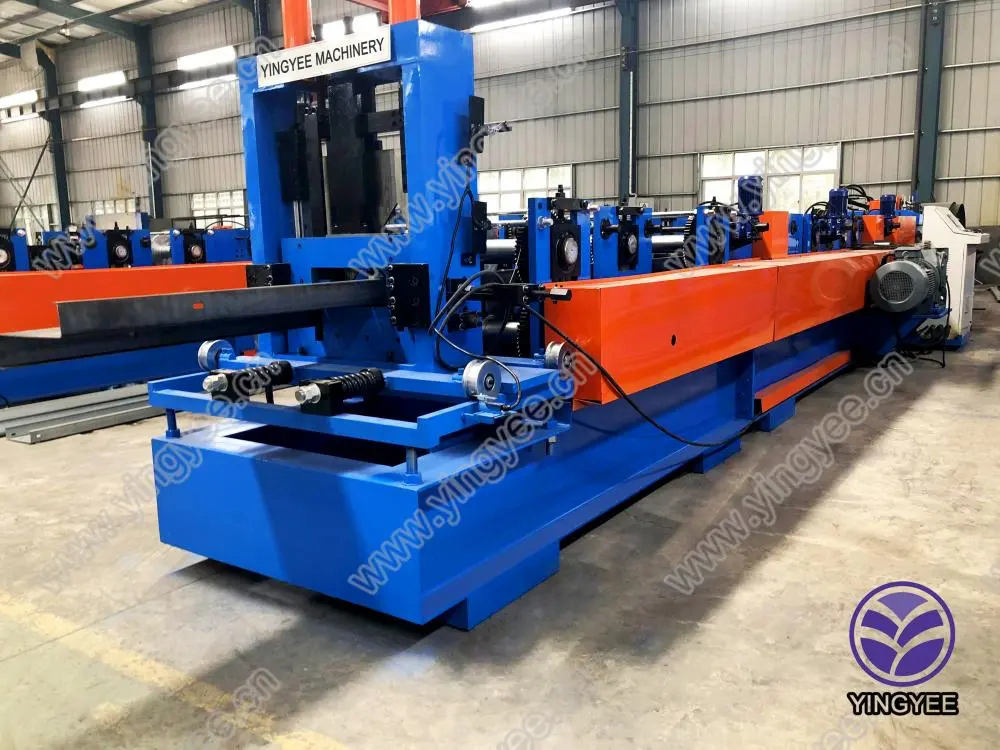
Understanding Simple Slitting Lines A Comprehensive Overview
The manufacturing and processing industries are continuously evolving, driven by the need for efficiency and precision. One essential process that plays a significant role in these sectors is the slitting of materials. Simple slitting lines are pivotal in cutting large rolls of material, such as metal, paper, or plastic, into narrower strips with consistent dimensions. This article aims to delve into the intricacies of simple slitting lines, their components, benefits, and applications.
What is a Simple Slitting Line?
A simple slitting line is a production line designed for the efficient slitting of wide rolls of material into narrower rolls. The process typically involves unwinding a large coil of material, feeding it through rotating knives that slice it into precise widths, and ultimately rewinding the slit material into smaller coils. This procedure is widely used in industries such as steel, aluminum, paper, and flexible packaging.
Key Components of Simple Slitting Lines
1. Unwinder The unwinder is the starting point of the slitting line. It holds the large coil of material and provides the necessary tension as the roll is unwound.
2. Slitting Blades The heart of the slitting process lies in the blades, which are engineered to cut through various materials. Depending on the material type, blades may differ in design, sharpness, and durability. Rotary slitting blades are commonly used due to their ability to create clean cuts.
3. Guiding System A guiding system ensures that the material is fed into the slitting area accurately and consistently. Misalignment could lead to uneven cuts and waste, so this component is critical for maintaining precision.
4. Rewinder After the slitting process, the narrower strips are wound onto cores to form new rolls. The rewinder unit manages the tension and alignment of these newly created rolls.
5. Control System Modern slitting lines include advanced control systems that allow operators to set parameters such as cutting width, speed, and pressure. Automation technologies have made it possible to achieve high levels of performance and adaptability.
Advantages of Simple Slitting Lines
Simple slitting lines offer numerous advantages, making them indispensable in many manufacturing processes

2. Consistency The precision of slitting lines ensures that each strip is uniform in width, reducing variability and improving the quality of the final product. This is critical in industries where tight tolerances are required.
3. Material Utilization By accurately cutting materials into desired widths, manufacturers can minimize waste, leading to better material utilization and lower production costs.
4. Versatility Simple slitting lines can handle a variety of materials, including metals, plastics, and paper. The ability to adjust the cutting blades depending on the material type adds to their adaptability.
5. User-Friendly Many modern slitting lines come equipped with intuitive interfaces that make operation easier for staff, reducing the need for extensive training.
Applications of Simple Slitting Lines
The applications of simple slitting lines span various industries
- Metal Processing In the steel and aluminum industries, slitting lines are used to produce strips for further processing or distribution, such as for automotive parts or construction materials.
- Paper Industry Slitting lines are essential for converting large rolls of paper into sheets or smaller rolls used in printing and packaging.
- Plastic and Film Industry Slitting lines can cut flexible materials used in packaging, ensuring products meet specific size requirements.
- Flexible Packaging The food and beverage industry relies on slitting lines to produce packaging materials that require precise dimensions for product integrity and appeal.
Conclusion
Simple slitting lines are an integral piece of machinery in modern manufacturing processes, offering efficiency, precision, and versatility across various industries. As technology advances, these systems continue to evolve, incorporating automation and enhanced control features that meet the growing demands of production. Understanding the significance and functionality of simple slitting lines can empower manufacturers to improve their processes and produce higher quality products while minimizing waste. In a competitive market, investing in efficient machinery like slitting lines can provide a significant edge in production capabilities.